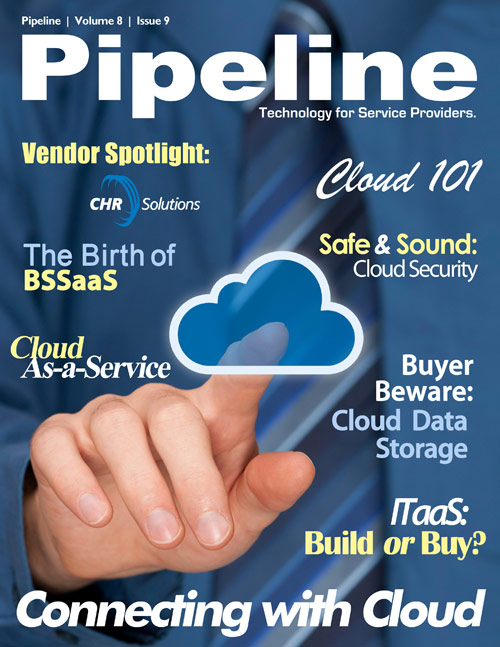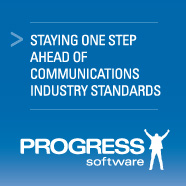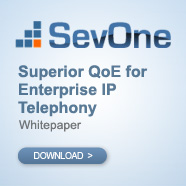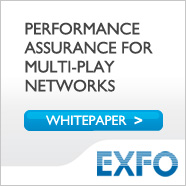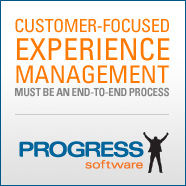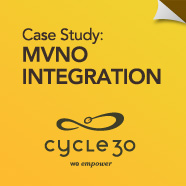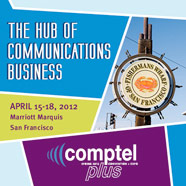For instance, the amount of self-service, or the amount of configurability is not inherently described by the "name" of the cloud, and unique offering capabilities that must be evaluated by each customer based on their particular business needs. Eddie Arrage, market development manager, IXIA, agrees. "Certainly clouds are not all equal," Arrage says. "The acronyms IaaS, PaaS, SaaS are commonly used to classify cloud offerings, but aren't always the best way to describe cloud types since cloud solutions vary. Many providers that would be considered PaaS or IaaS offer different configurability for network and application designers."

As you can see in figure 1, the cloud touches many devices, network components, applications.
Essential Components
One of the core advantages of cloud computing is the reduction of IT costs achieved by offloading infrastructure, application, and management expenses to a third-party. The oft-used example used to convey the value of migrating to a cloud environment is owning a car versus renting a car, or even better, owning a car versus subscribing to a service like IGo or Zipcar. The minute a car is purchased and driven off the lot, the depreciation cycle begins, and a long-term commitment to maintenance and lifecycle is initiated. Cloud computing promises to remove cost constraints of upkeep, utility (power, HVAC), operation, licensing, insurance, management, and maintenance from the equation. In this manner, the cost savings can be OPEX, CAPEX, or both.
The NIST defines a cloud computing as being comprised of five essential components:
- On-demand service: The ability for a customer to provision services, as needed, per-use, without the need for human interaction. Cloud services offer 24x7 service that would be very costly in a traditional IT environment.
- Broad network access: A cloud offering can be managed from many virtual points, from mobile and terrestrial networks and multiple devices. This "allows non-IT users to provision their own resources and access them from many devices and locations," says Sanjay Kumar, vice president of communications and media at Progress Software
- Resource pooling: This is where we often see the phrase "multi-tenancy," which refers to multiple users sharing the compute power of a single resource, through virtual or physical provisioning. In a private cloud, this might mean several business units within a company share one database server, while in a public cloud, multiple customers might share the computing power of one multi-core blade server. In this manner, hardware components are utilized to their fullest, instead of sitting idle.
- Rapid elasticity: Put simply, the ability to rapidly scale with demand. Time-to-market is a critical competitive metric, and rapid scalability is a key enabler.
- Measured service: Transparency in usage and billing. Cloud services must have the ability to provide granular activity and usage date to the customer, along with transparent billing and charging procedures. Again, a common gripe made about traditional IT organizations is that they always show up to the party with an open hand asking for resources that
